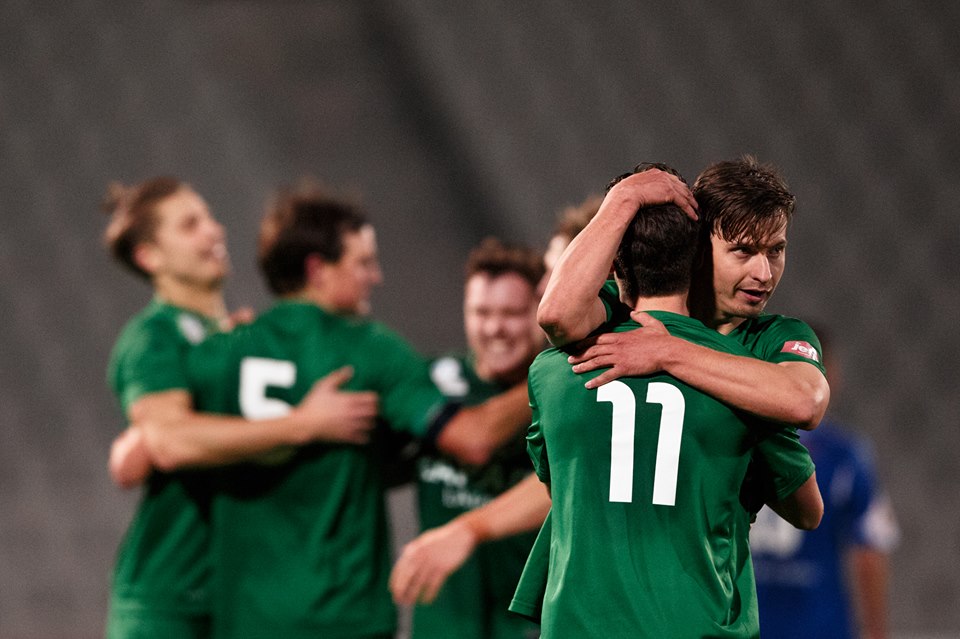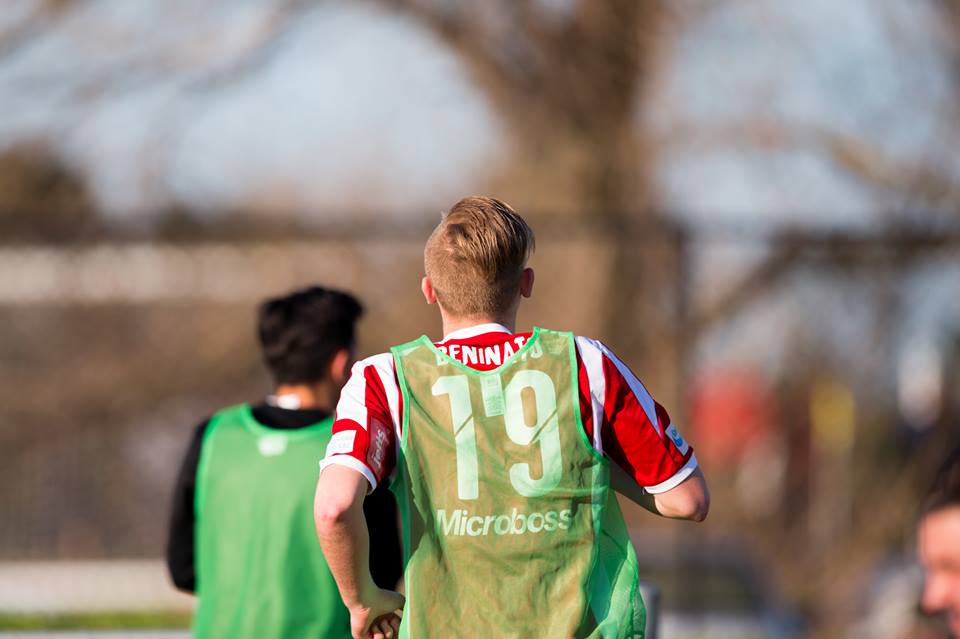As outlined previously, recovery programs are generally split into two categories: pre-match and post-match. While pre-match preparation is important to ensure your body is ready for the physicality of football, post-match recovery revolves around healing and replenishing your body with as many fuel as possible. This is not only to shift the waste products developed during the game, but to also allow your muscles to grow back harder and stronger than before.
READ MORE > Recovery key to performance: Part 1
Post-match recovery begins immediately after the referee blasts their whistle to indicate the end of the game. There are six important factors to consider and will take place in the minutes, hours and days following a game.

***
Cool-down
During match conditions, the average player’s heart rate will reach its maximum. For some, this may be above 200 beats per minute. As you can imagine, with the heart pumping very quickly and the lungs breathing hard, the body is fatigued by all this movement. Slowing down your heart rate is important as it eases stress on the body. Slow running and warm-down drills should be completed on the pitch before the team heads back to the change rooms. Not only does cooling down calm your heart rate, it also gives your fans plenty of time to cheer and chant your name after the game.
Static stretching
Once the cool-down is complete, a short set of static stretching will help relax the muscles which you have just tortured out there. You should stretch your hamstrings, quadriceps, hip flexors, glutes and calves at a minimum. This will ensure the muscles return to their normal length, and begins to shift waste products such as lactic acid that builds up when sprinting or running.
Compression gear
Once static stretches are complete, it makes sense to continue the flushing process that you began. Wearing compression tights is a great way to stimulate blood flow and continue shifting out the waste products. Full length tights with multiple compression ratings are most suitable, although half length tights will work as well.
Food and drink
As mentioned in Part 1, hydration and nutrition is extremely important. You have just finished sprinting and sweating for 90 minutes, so it makes sense to replenish your body with good quality food. Aim for all three food groups: carbohydrates, protein and good quality fats. Each one plays a role in the recovery process. Carbohydrates replenish energy reserves, proteins repair muscles, and good quality fats contain antiinflammatory and restorative properties.
De-stress and sleep
Many footballers claim it is difficult for them to fall asleep after a game. This is because their nervous system is still wound up in ‘game mode’. A great way to calm down is with some simple deep breathing. As you prepare for bed, take 10 deep breaths, making sure to use your diaphragm. This will ensure your lungs are receiving optimal amounts of oxygen and calm your body down. Sleep should always be in a dark room without any televisions, laptops or phones acting as distractions.
Next day exercise
The average player will need approximately 48 hours to recover from the intensity of a football match. Pool sessions with swimming and underwater running are great examples of low impact exercises that can lift your heart rate while keeping your legs happy. You should aim for 60% exertion so that you can continue to allow your muscles to repair from the day before.

***
Follow these simple steps and you should be match ready within three to four days after your last game. The human body is an incredible machine, and when looked after properly is capable of amazing feats of strength and performance. Pre-match preparation and Post-match recovery are very simple ways to ensure you stay injury free and enjoy your football as much as possible.
Dr Emilio Kardaris is a Sports Chiropractor practising out of Instinctive Chiropractic in Albert Park. A self confessed football tragic, he has worked with Bentleigh Greens for the past four years and is passionate about keeping athletes performing at their best.

